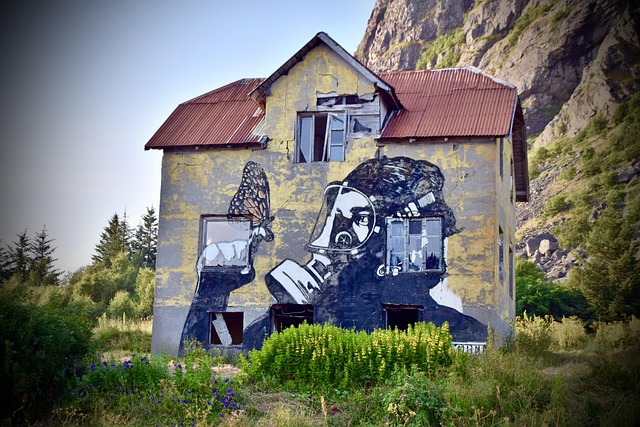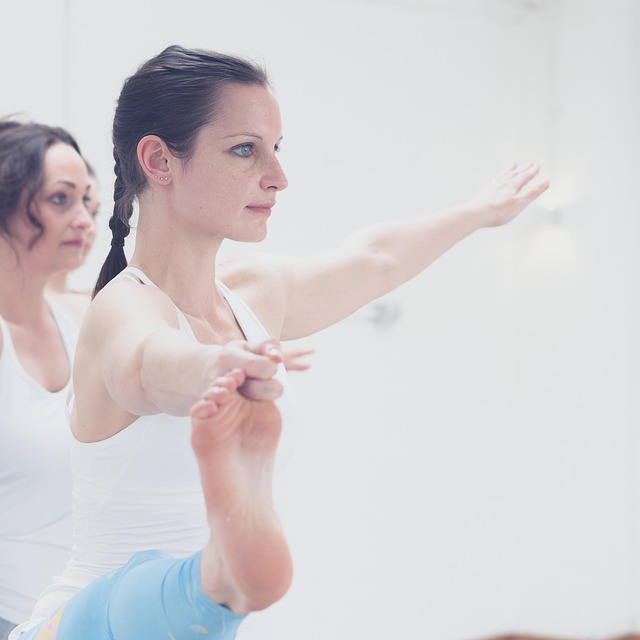In the world of photography, the relationship between light and image is both foundational and paradoxical. Every photograph is born from photons that must pass through a lens, strike a sensor or film, and be interpreted by an eye that is itself a complex optical system. The paradox emerges when the simplest act—capturing light—reveals layers of contradiction: light that should be a pure, unchanging entity is altered by the medium it traverses, the glass that focuses it, and the electronic circuitry that records it. Even more intriguing is how the same exposure can tell two different stories depending on the viewer’s perspective. Thus, the paradox of exposure is not merely a technical challenge; it is an invitation to question the fidelity of our visual recordings, the limits of our equipment, and the subjective nature of seeing. By unpacking the science behind lenses and sensors, and by exploring how creative choices exploit this paradox, we can both master the mechanics and embrace the mystery that lies at the heart of every image.
Optical Foundations of the Paradox
Light behaves like a wave, yet it also travels in discrete packets—photons—that interact with matter in quantifiable ways. When it enters a camera, it is refracted by a series of glass elements that bend the ray so that it converges onto a single point on the sensor. The laws of refraction, described by Snell’s equation, predict the trajectory, but the reality is that imperfections in glass, variations in temperature, and even minute dust particles can introduce aberrations that shift the focus or distort color. These phenomena create a paradox: the optics that promise perfect clarity actually introduce subtle distortions that must be compensated by the photographer. Consequently, achieving a sharp, accurate image requires an understanding that the lens itself is not a neutral conduit but a participant that can both reveal and obscure the truth of a scene.
The lens’s focal length determines how wide or narrow the field of view appears, but it also influences depth of field and perspective. A long telephoto can compress space, making distant subjects appear closer, while a wide-angle lens can exaggerate distances. Yet this same property can be exploited to create dramatic visual paradoxes: a subject may appear to float above or beneath a background that seems physically impossible. The paradox lies in the tension between the geometry imposed by the lens and the three‑dimensional reality that the eye interprets. Understanding this interplay allows photographers to decide when to adhere to realism and when to bend perception for artistic effect.
Lenses: The Curved Conundrum
Every lens is a carefully engineered stack of glass pieces, each shaped to correct specific optical flaws. As light passes through these surfaces, the curvature can focus, scatter, or absorb energy. Modern lenses incorporate aspherical elements, low‑dispersion glass, and even adaptive coatings that reduce flare and ghosting. The paradox arises because each corrective measure introduces new variables: aspherical surfaces improve sharpness but can be more sensitive to manufacturing tolerances; high‑index glass reduces weight but may increase chromatic aberration. When photographers choose a lens, they balance these trade‑offs, acknowledging that a perfect optical system is theoretically unattainable. This balancing act is a tangible manifestation of the exposure paradox: the very tools designed to make images clearer can simultaneously distort them in ways that the human eye may not immediately detect.
Moreover, lenses are not static. Modern camera systems allow real‑time focus‑shift and optical zoom, creating a fluid relationship between subject distance and image plane. The paradox is that the closer the subject is to the lens, the faster the light must travel, which can lead to subtle timing differences when photographing high‑speed events. This delay, often imperceptible to the untrained eye, can produce mismatches between the photographer’s intent and the final capture. By embracing these inconsistencies, photographers can craft images that evoke motion or surprise, turning the paradox of exposure into a narrative device.
Sensors: Digital Dilemma
The sensor is the modern counterpart to photographic film, translating light into electrical signals that are then processed into a digital file. Each pixel on a sensor captures a tiny fragment of the scene, and the aggregate of millions of such pixels constructs the image we see. The paradox here lies in the sensor’s finite dynamic range: bright light can saturate pixels, while shadows may fall below the threshold of detection. Photographers must choose exposure settings that balance these extremes, knowing that any miscalculation will either wash out highlights or erase detail in the dark. The sensor’s noise characteristics further complicate matters; at high ISO settings, random fluctuations can masquerade as texture, leading to a paradox where higher sensitivity both preserves detail and introduces artifacts.
Advances in sensor technology—such as backside‑illuminated (BSI) designs, larger pixel arrays, and increased fill factor—have extended the limits of what can be captured. Yet even with these improvements, the sensor remains a bridge between the optical world and the digital domain, and the conversion process inevitably imposes compression, color space conversion, and tonal mapping. The paradox of exposure becomes evident in post‑processing: photographers can lift shadows or clip highlights, but each adjustment alters the perceived relationship between light and subject. Thus, the sensor is not just a passive recorder; it actively participates in shaping the narrative of the image, embodying the very paradox that drives photographic exploration.
Creative Paradox: Exposure and Interpretation
Beyond the mechanics, the paradox of exposure becomes a canvas for artistic expression. By deliberately pushing exposure limits—overexposing a scene to capture a luminous glow or underexposing to render a mysterious, dreamlike atmosphere—photographers manipulate perception. The resulting image often tells two stories: the literal depiction of the scene and an emotional response evoked by the visual contrast. This duality illustrates the paradox that light can be both revealing and concealing, truthful and deceptive. When a portrait is captured with a shallow depth of field, the subject stands out crisply while the background dissolves, guiding the viewer’s focus but also obscuring context. Such choices exemplify how exposure can highlight intent while simultaneously masking reality.
Moreover, exposure can be used to challenge the viewer’s assumptions about time and space. A long exposure of a moving car can freeze the vehicle while its light trails create an impression of continuous motion, merging past and present. The paradox is that the photograph, which is ostensibly a moment frozen in time, simultaneously conveys a temporal narrative. This tension invites contemplation: does the image represent a single instant, or does it encapsulate a sequence? The paradox of exposure thus becomes a dialogue between the captured scene and the observer’s mind, encouraging a deeper engagement with visual storytelling.
Practical Guidance for Navigating the Exposure Paradox
Mastery of the exposure paradox begins with a solid understanding of the exposure triangle—aperture, shutter speed, and ISO—each of which can compensate for the others but also introduces its own trade‑offs. For instance, a wide aperture (low f‑number) lets more light in but reduces depth of field, while a fast shutter speed preserves motion but limits light intake. When dealing with high‑contrast scenes, consider using a neutral‑density filter to reduce light before it reaches the sensor, allowing for wider apertures or slower shutter speeds without overexposure. The paradox emerges when you must choose between a cinematic look (slow shutter) and sharp motion (fast shutter); the decision shapes the final narrative.
In practice, shooting in RAW format is invaluable because it preserves maximum data and allows extensive post‑processing without quality loss. Use exposure bracketing to capture multiple exposures of the same scene, then blend them to achieve a higher dynamic range. This technique addresses the sensor’s limitations by combining the best parts of each image. Another strategy is to use exposure compensation in-camera to fine‑tune highlights and shadows on the fly. Understanding the camera’s histogram helps gauge whether the image lies on the safe side of saturation. The paradox here is that real‑time adjustments rely on the photographer’s intuition and the camera’s feedback, both of which are subject to interpretation.
Finally, remember that the exposure paradox is not a flaw but a tool. Embrace the contradictions in light and optics as opportunities to experiment. Deliberate overexposure can create a ghostly, ethereal mood, while deliberate underexposure can suggest tension or secrecy. By consciously manipulating the exposure parameters, you can guide the viewer’s emotions, making the paradox a deliberate element of composition rather than an accidental glitch.
Reflections on Perception and Paradox
The paradox of exposure extends beyond the technical realm into the philosophical. Light, our primary source of information, is constantly filtered, refracted, and digitized before reaching the eye. Each stage of this journey introduces subtle changes that can alter our perception of the world. As photographers, we are both observers and creators, selecting which aspects of reality to reveal and which to hide. The paradox lies in this act of selection: we trust the image to be a faithful representation, yet we consciously manipulate its elements to serve a narrative or emotional purpose. Recognizing this tension invites a more mindful engagement with photography, where we acknowledge the limitations of our tools while celebrating their potential to transcend them.
Ultimately, the exposure paradox encourages us to question the very nature of seeing. When a camera lens captures a scene, it does so under specific conditions—time of day, weather, sensor sensitivity—that are all arbitrary. Yet the image can resonate across cultures, eras, and personal experiences, hinting at a deeper, shared visual language. The paradox of exposure, therefore, is not a technical nuisance but a gateway to exploring how we interpret and communicate light. By embracing its contradictions, photographers can craft images that not only capture a moment but also invite the viewer into a dialogue about perception itself.



